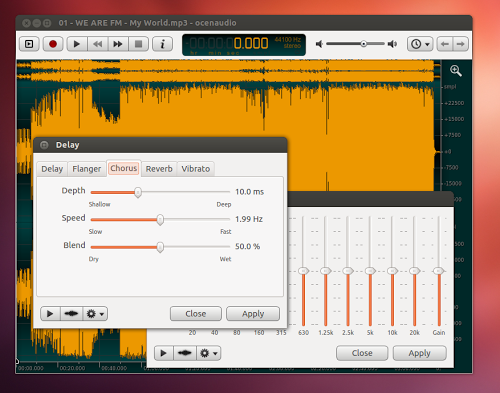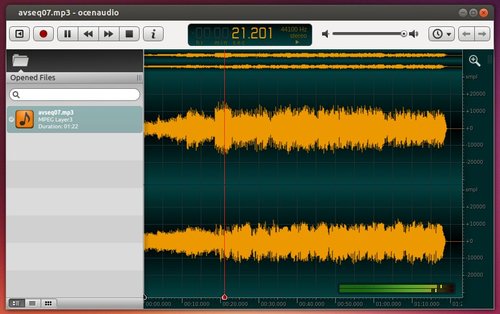

So if you normalize a file to 0dB and then make an MP3, the peaks in the MP3 often go over 0dB. The wave shape changes making some peaks higher and some peaks lower. * As you probably know MP3 is lossy compression.

You can also use the Limiter Effect set to hard-limit, with make-up gain to bring-up the overall volume. (If you lower the louder parts you'll have more headroom to Normalize/Amplify so you can bring-up the overall-average volume.) If you do that, it's best to fade-up and fade-down the volume so there are no sudden changes.

Some other things you can do - You can turn-down the loud parts or turn-up the quiet parts with the Envelope Tool. Audacity (or any normal audio editor) will decompress the MP3 when you open it, and then if you re-export it to MP3 (or other lossy compression format) you are going through another generation of lossy compression, and the "damage" does accumulate. It can do some basic editing without decompressing/re-compressing the MP3. Want to go-ahead and boost the peaks over 0dB, consider using MP3directCut (or some similar special-purpose MP3 editor). (If you make a regular WAV file or a CD, the audio data will be clipped and you'll have distortion at all listening levels.) It's considered "bad practice" but a little clipping (only when listened to loud) isn't always the end of the world, especially with spoken voice. Now actually, Audacity and MP3 can go over 0dB without clipping,* but if you play the file at full-digital volume you'll clip your digital-to-analog converter. But, you'll get clipping (distortion) on the peaks. The peaks can't go over 0dB, but the average can go higher making it "louder". You CAN boost the volume if you click Allow Clipping. What kind of file is this? (Music? Spoken voice?) Did you make the recording or is it a professional recording? You can't go louder without "altering" the sound. Regular WAV files, CDs, analog-to-digital converters and digital-to-analog converters are all hard-limited to 0dB.


 0 kommentar(er)
0 kommentar(er)
